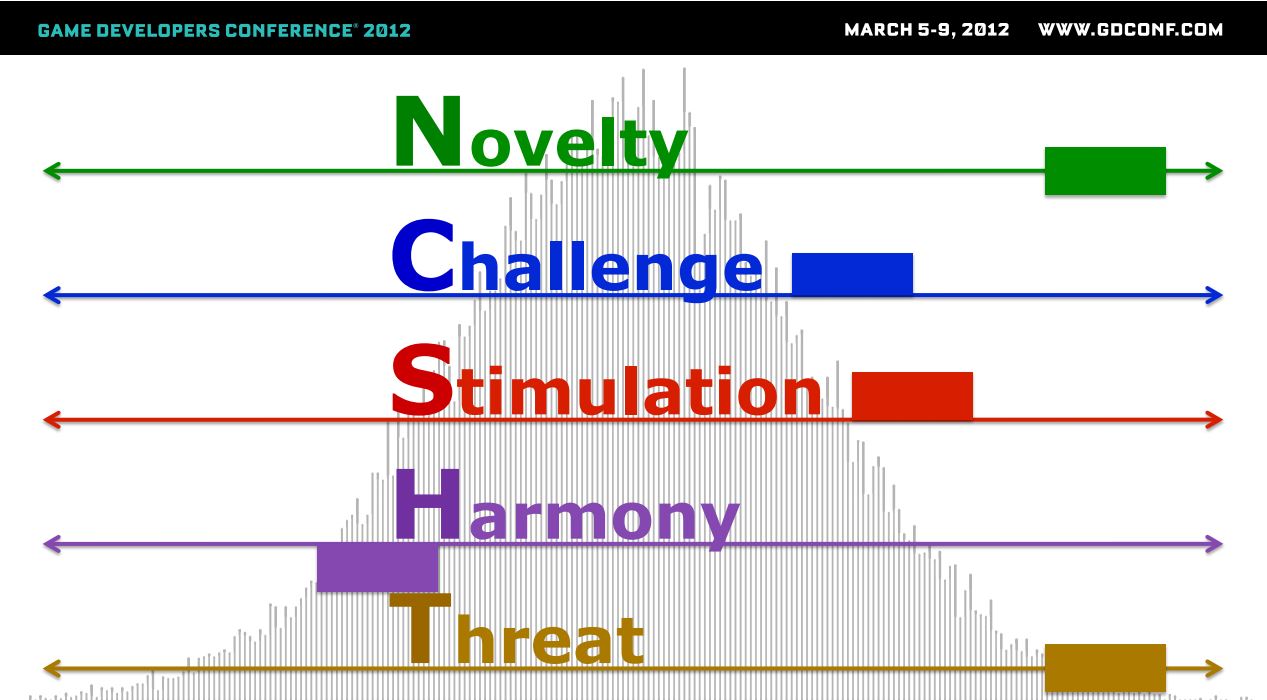TheGameDiscoverCo newsletter¶
The go-to resource for anyone who wants to understand discoverability in games. Simon Carless' substack is a must-follow for anyone interested in the game industry.
The 5 Domains Of Play¶
An earlier talk by Jason VandenBerghe from back in 2012, done before Engines of Play. An effective framework to understand why people play certain types of games based on the Big 5 (OCEAN) psychological model.
Gitcoin Grants¶
Gitcoin's fundraising platform for open source projects, also the best example of how to innovate on discoverability. Gitcoin Grants experiments with liberal radicalism to flatten the sharp power curves endemic to curation platforms.
$RARI Discovery Governance Example¶
A glimpse into how we can involve platform participants in improving the process of discovery. Rarible is an NFT market which has similar discoverability challenges to an app store. If we allow our users to determine how discovery and curation works, will it result in a fairer economy?
W3C Games Community Group¶
The World Wide Web Consortium's Games Community Group improve the quality of open web standards related to web games. These include not just discoverability but also other standards relevant to games, like rendering and input.
Open Mini Games Format¶
A spec for HTML5 Web games led by Tom Greenaway, aimed at helping web games be more easily surfacable on browsers and other discovery platforms.
For this week, we'll use the 5 Domains of Play framework to try and identify who the target users are of our app or game.

The above image is an example game with bars marking where it falls in each domain. What does your game's 5 Domains of Play profile look like? Create a similar one for your own game and move the bars around accordingly.
Once we've created our 5 Domains of Play profile, we can then use it to help us know more about our users. Based on your games' profile, is there an archetypal player for our game?
The diagram below shows the archetypes that fall within each domain. Which ones of these are the types of players that we cater to? Perhaps we can also identify not just archetypes but actual users that we can look at as references.

Hopefully the breakout activity will help us see if our game currently has product market fit and inform our strategies for discoverability.
If there doesn't seem to be a good fit, we can try and see which parts of the app we can adjust to better satisfy our selected players archetypal needs. Alternatively, we can also retarget our game to a different archetype if we realize that there's a more appropriate audience.
A good follow-up to this exercise is to rewatch Engines of Play, and see how Jason's framework has changed since his Domains of Play talk.